Do you have a question about the Sharp LC-60LE822E and is the answer not in the manual?
Guidelines for qualified service technicians and critical safety warnings for safe operation.
Advice on using lead-free solder, including soldering techniques and material handling.
Information on how to properly dispose of the product and its batteries at the end of its life.
Technical specifications for the LCD Colour Television, including panel, resolution, and connectivity.
Identification and labeling of the TV's front and rear panel parts and terminals.
Detailed explanation of the remote control buttons and their functions for operating the TV.
Detailed physical dimensions of the TV unit in millimeters, including width, height, and depth.
Step-by-step instructions for disassembling and removing major components of the TV.
Guidelines and precautions for safely cleaning the LCD glass panel during servicing.
Detailed procedure for replacing the touch sensor key PWB, including handling and adhesion steps.
A diagram showing the correct positioning of the touch sensor unit on the glass.
Procedures for adjusting the TV after component replacement, including EDID, VCOM, and signal adjustments.
Important notes regarding the touch sensor unit, its replacement, and handling.
Procedures for safely shutting down the power supply to the unit before servicing.
Step-by-step guide on how to enter and exit the special adjustment process mode.
Explanation of key operations and screen displays within the adjustment process mode.
Explains the various elements displayed on the screen in the adjustment process mode.
A detailed menu structure of the adjustment process mode, listing items and their descriptions.
Information on the lamp error detection feature, its function, and troubleshooting measures.
Details on accessing and operating the Public Mode for setting various TV functions.
Procedures for adjusting video signals, including PAL, SECAM, component, and PC signals.
Steps for adjusting white balance by modifying offset values for color accuracy.
Checks to perform after repairs, including HDMI-CEC, CI card, and LAN functionality.
Procedure for resetting the TV to its original factory settings.
Instructions for updating the TV's software using a USB memory device.
A comprehensive guide to diagnosing and resolving common TV problems, organized by symptom.
Explains LED blinking patterns indicating specific error conditions and how to interpret them.
Detailed table mapping LED flashing patterns to specific error causes and descriptions.
List of major ICs used in the unit, their part codes, and brief descriptions of their functions.
A visual representation of the internal wiring connections between major components of the TV.
A block diagram illustrating the functional relationships and data flow between different units of the TV.
List of printed wiring boards used in the TV, including part codes and descriptions.
Information and part code for the LCD panel module assembly.
Detailed list of cabinet parts, their codes, and descriptions, often with exploded views.
List of accessories supplied with the TV, such as remote controls and cables.
Details of packing materials used for shipping and protection, not for replacement.
Special tools or jigs required for servicing the unit.
| Power supply type | AC |
|---|---|
| Power consumption (standby) | 0.20 W |
| Power consumption (typical) | 100 W |
| Child lock | No |
| Plug and Play | Yes |
| Audio formats supported | AAC |
| Video formats supported | H.264, MPEG4 |
| Display diagonal | 60 \ |
| Display technology | LCD |
| Native aspect ratio | 16:9 |
| Native refresh rate | 100 Hz |
| Viewing angle, horizontal | 176 ° |
| Internal memory | 8000 MB |
| Audio (L/R) in | 0 |
| HDMI ports quantity | 4 |
| SCART ports quantity | 1 |
| Product color | Black |
| LED indicators | Stand-by |
| Panel mounting interface | 400 x 400 mm |
| Remote control type | GA841WJSA |
| RMS rated power | 20 W |
| Number of speakers | 2 |
| Tuner type | Analog & digital |
| Analog signal format system | NTSC, PAL, SECAM |
| Depth (with stand) | 368 mm |
|---|---|
| Width (with stand) | 1439 mm |
| Height (with stand) | 975 mm |
| Weight (with stand) | 51000 g |
| Depth (without stand) | 40 mm |
| Height (without stand) | 913 mm |
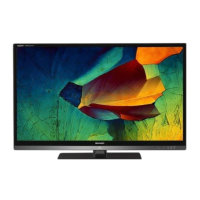
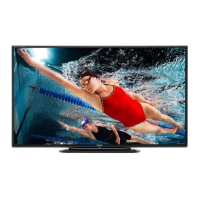
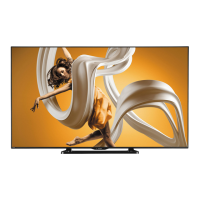


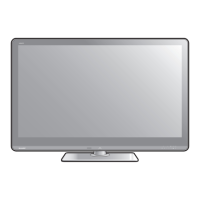
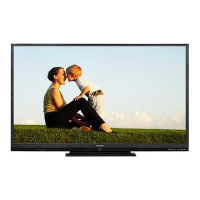
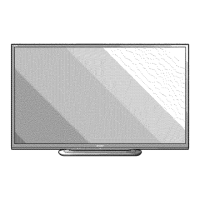




